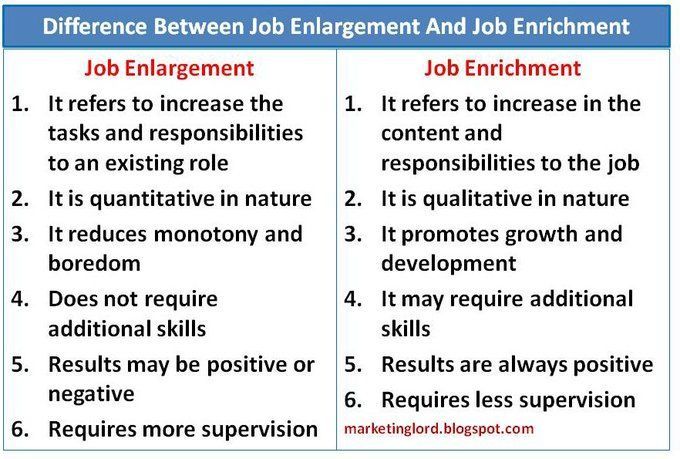Employee File Documents: Best Practices and Checklist
Maintaining comprehensive and compliant employee records is crucial for organizations. The specific documents required may vary based on federal, state, and local regulations, as well as company policies.
In this article, we will share a checklist for employee files. It will help you keep accurate records for all your employees. We will also share a few best practices for HR file management to help you stay compliant.
What Is Employee File Management?
Employee file management, also known as personnel file management, refers to the systematic and organized process of creating, organizing, maintaining, and securely storing records and documents related to individual employees within an organization.
The goal of employee file management is to ensure compliance with laws. It is also to keep accurate and up-to-date records. And to help with human resource management.
Why are Employee Files So Important?
Employee files are crucial for many reasons. These include legal compliance, good human resource management, and keeping a record of an employee’s journey. Here are the key reasons why employee files are important:
Legal Compliance
Employee files help organizations comply with federal, state, and local employment laws and regulations. They provide a work history. This ensures that the organization follows the law. It’s related to hiring, firing, and other employment practices.
Decision-Making and Performance Management
Personnel files contain records of performance reviews, disciplinary actions, and training history. This information is crucial. It helps make informed decisions about promotions, raises, or addressing performance concerns.
Employee Development
The documents are related to training, certifications, and professional development. They help create targeted employee development plans. This contributes to skill enhancement and career growth within the organization.
Benefits Administration
Employee files include records of benefits enrollment, ensuring accurate administration of health insurance, retirement plans, and other employee benefits.
Workplace Safety and Workers’ Compensation
In the event of workplace injuries, workers’ compensation claims, or safety incidents, employee files provide documentation that may be required for legal and insurance purposes.
Legal Defense
Well-maintained employee files serve as a valuable resource in legal matters. They provide evidence of employment-related decisions, actions taken, and adherence to employment laws, which can be crucial in legal defense.
Termination and Exit Processes
Employee files document the details of an employee’s departure. This includes exit interviews, reasons for termination, and any agreements reached during the termination process.
Essential Employee File Documents Checklist
It’s important to regularly review the employee records you maintain whenever you are conducting an HR audit. Below is a general list of required documents. They are commonly included in the personal files for U.S.-based employees:
1. Job Application and Resume
Original job application and resume submitted by the employee during the hiring process.
2. Offer Letter
A copy of the official offer letter outlining terms and conditions of employment.
3. Employment Contract (if applicable)
If the employee has a formal employment contract, include a copy in their personal file.
4. Form W-4 (Employee’s Withholding Certificate)
Employee’s completed and signed Form W-4 for federal income tax withholding.
5. I-9 Form (Employment Eligibility Verification)
Copy of the completed Form I-9, verifying the employee’s eligibility to work in the U.S., along with supporting documentation.
6. Payroll Records
Records of salary or wage information, including pay stubs and any relevant compensation details.
7. Performance Reviews and Appraisals
Regular performance evaluations, feedback, and any performance improvement plans.
8. Training and Development Records
Documentation of employee training, certifications, and professional development activities.
9. Employee Handbook Acknowledgment
Signed acknowledgment of receipt and understanding of the company’s employee handbook.
10. Emergency Contact Information
Employee’s emergency contact details for use in case of accidents, illnesses, or other emergencies.
11. Benefit Enrollment Forms
Documents related to employee benefit enrollments, including health insurance, retirement plans, and other benefits.
12. Time and Attendance Records
Timecards, attendance records, or other documentation related to hours worked.
13. Leave Requests and Approvals
Documents related to employee leave requests, approvals, and records of time off.
14. Disciplinary Actions and Correspondence
Records of any disciplinary actions, warnings, or performance improvement plans, along with related correspondence.
15. Termination Documentation
Documents related to the employee’s termination, including exit interviews and separation agreements if applicable.
16. Non-Disclosure and Confidentiality Agreements
Copies of any signed non-disclosure or confidentiality agreements.
17. Harassment or Discrimination Complaints
Documentation related to any complaints, investigations, or resolutions regarding harassment or discrimination.
18. Medical Records (if applicable)
Medical records, if required for accommodation or FMLA purposes, ensuring compliance with the Health Insurance Portability and Accountability Act (HIPAA).
19. Acknowledgment of Policies and Procedures
Signed acknowledgment forms for various company policies, such as code of conduct, anti-harassment policies, and other relevant guidelines.
20. Workers’ Compensation Records
Documentation related to any workers’ compensation claims, including incident reports and medical records.
21. Mileage and Expense Reports
Records of any employee-initiated expenses, such as mileage or travel reimbursement requests.
22. Notices of Changes in Employment Status
Notifications or documentation related to changes in employment status, such as promotions, demotions, or transfers.
23. Education and Certification Documentation
Copies of academic degrees, certifications, or licenses relevant to the employee’s role.
24. Recognition and Awards
Documentation of any employee recognition, awards, or achievements.
25. Records of Flexible Work Arrangements
Documents related to any approved flexible work arrangements or accommodations.
Organizations need to stay informed about changes in employment laws and regulations to ensure ongoing compliance. Also, consider consulting with lawyers or HR specialists. They can help tailor record-keeping practices to fit your needs and local laws.
How to Organize Employee File Documents
Organizing employee personnel files is essential for efficient human resource management, legal compliance, and maintaining a secure record-keeping system. Here’s a step-by-step guide on how to organize employee files:
1. Create a Standardized System
Establish a standardized filing system that includes clear categories for different types of documents. This ensures consistency and makes it easy for HR staff to locate and manage files.
2. Separate Active and Inactive Files
Differentiate between active and inactive employee files. Active files contain current employees’ documents. Inactive files store records of former employees. This helps streamline access to relevant information.
3. Use Individual Folders
Create individual folders for each employee. Label each folder with the employee’s name and employee ID for easy identification.
4. Categorize Documents
Divide documents into categories within each employee’s folder. Common categories include:
- Personal Information
- Employment Documentation
- Tax and Payroll Records
- Verification of Eligibility to Work
- Performance and Development Records
- Benefits Enrollment Information
- Disciplinary and Corrective Actions
- Leave and Time-Off Records
- Acknowledgment of Policies
- Termination Documents
- Harassment or Discrimination Complaints
- Medical and Health Records (if applicable)
- Workers’ Compensation Records
- Flexible Work Arrangements
5. Maintain a Checklist
Develop a checklist or index for each employee file, listing the types of documents included. This helps HR staff quickly verify the completeness of each file.
6. Secure Sensitive Information
Make sure sensitive info, like Social Security numbers, medical records, or confidential performance reviews, is stored securely in the employee’s file. Limit access to authorized personnel.
7. Use Electronic Document Management (Optional)
Consider transitioning to electronic document management systems for a more efficient and space-saving solution. Ensure the system complies with privacy and security regulations.
8. Establish Record Retention Policies
Develop and adhere to record retention policies based on federal, state, and local regulations. Clearly outline how long different types of documents should be retained and establish a secure process for disposal.
9. Train HR Staff
Train HR staff on the organized filing system. This includes document sorting, indexing, and following record-keeping policies.
10. Update Files Promptly
– Promptly update employee files with any changes or additions, such as promotions, disciplinary actions, or training records.
11. Stay Informed about Legal Changes
Review employment laws regularly. Stay informed about changes. This will ensure your file organization practices remain compliant.
Source: https://www.springworks.in/blog/employee-files/


